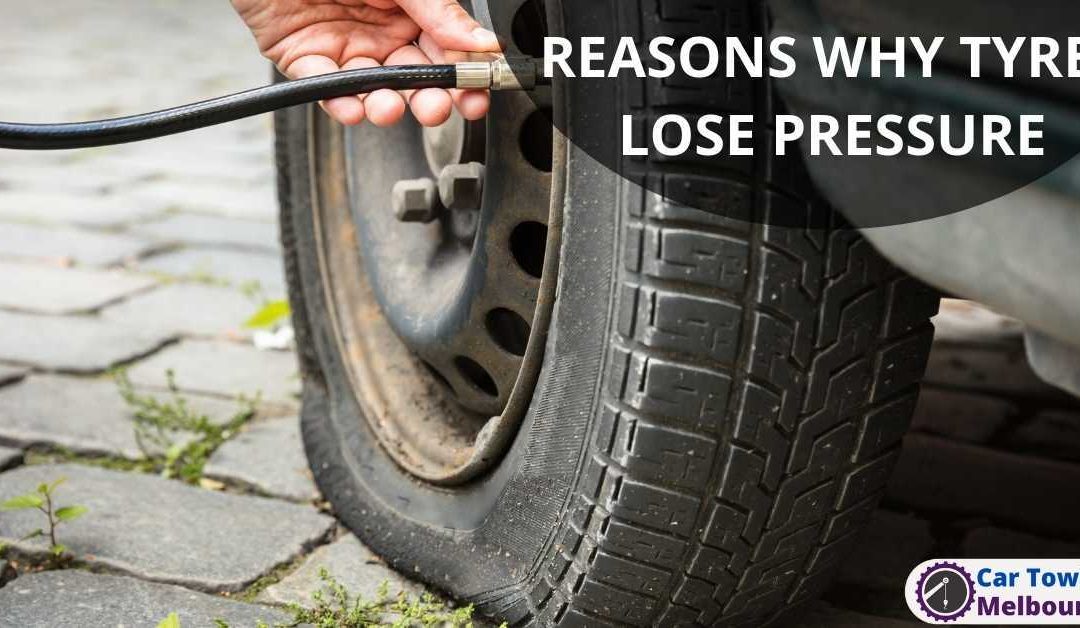One of the easiest ways to get stranded on the roadside is driving on underinflated tyres because they can lead to blowouts. Tyre pressure loss is one of the most rampant problems that occur during seasons with drops in temperatures, thereby leading to unexpected tyre deflation. Keep reading to find out why tyre pressure loss is risky and what you need to do to prevent it.
Puncture
One of the commonest ways through which car tyres lose pressure is puncture. Tyres can sustain different types of puncture. Slow leak punctures gradually drain off the air in the tyre while severe punctures usually lead to blowouts immediately.
Nails, glass, pins, and other sharp objects usually cause slow leak punctures. When these objects are embedded in your car tyre, they gradually drain the tyre of air. Although this form of puncture is small, it can drastically affect the tyre pressure by making it drop by about 3 PSI every day.
Valve Issues
Tyre valves keep the air in the tyre and enable you to refill the tyres with air pump. The valves must be airtight when closed so that no air will leave. Airtight valves help to maintain the pressure of tyres.
Faulty tyre valves can give room for air to escape slowly; thereby decreasing the pressure of air in the tyre gradually. When the valve stem core is over-tightened, air loss can also occur. It is, therefore, important not to over=tighten the valve stem core when you’re replacing it.
Bad Tyre Bead
The tyre bead is in contact with the wheel. Bad tyre bead can be a cause of loss in air pressure in tyres. When a small piece of debris gets between the wheel rim and tyre, it can create space for air to escape from the tyre. This gradually deflates the tyre. Old tyres can also have damaged tyre bead that leaks air. This is why it is important to check that tyres are in good condition before you buy them.
Changes in Temperature
A change in temperature of the outside air is a very common reason for loss of pressure in tyres. It is the reason why tyres lose pressure when there is no leak. The nature of air makes temperature to have a great impact on tyre pressure. The air pressure in tyres contracts when temperature falls, and expands when it rises.
Car tyres can lose about 2% of the pressure of air in them for every drop in temperature of about 5.5OC. An increase in temperature of 5.5OC can also increase the pressure of air in tyres by about 2%.
You may be confused when you check your tyres in the morning and you discover they are deflated, but on getting to the air pump, you discover that the pressure in the tyres has gone back to normal. You shouldn’t add more air to tyres that lose pressure as a result of changes in temperature provided the tyre, rim, or vale is not damaged.

How Can You Avoid Loss of Pressure in Tyres?
Ensure you check the tyre pressure on a regular basis. Don’t wait until the dashboard light comes on. If the tyre pressure signal catches you in the middle of nowhere on the highway and you don’t have any tool to inflate your tyre, then you’re in trouble. To prevent this from happening, check the air pressure in your tyres by making use of a tyre gauge and inflate them to the right index. The ideal specification for your car can be found in your car’s owner manual.
If your tyre gets deflated on a lonely highway or you have a blowout and you don’t know how to replace your tyre, call Car Towing Melbourne and we will help you get back on the road as quickly as possible. Our vehicle recovery experts in Melbourne will be with you within a short period of time.
Now Car Towing Melbourne is available in Essendon Victoria 3040, Australia.
Contact us at
Car Towing of Brunswick
142 Glenlyon Rd
Brunswick VIC 3056
(03) 7037 7625

